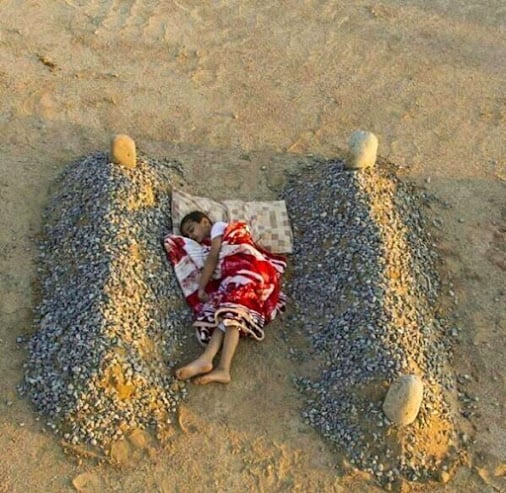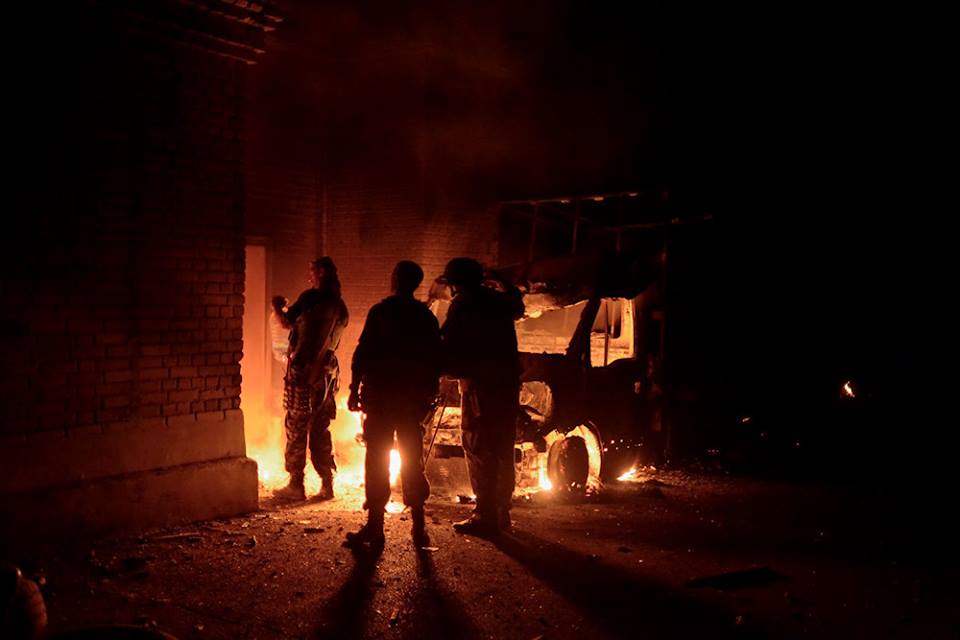When searching for information to confirm or refute an image’s authenticity, you should take into account three things: the date, place, and source of the image. Here, we are going to focus on the source.
Image Search
First of all, the original photo can be found with the help of a Google image search, which is described in detail in our article “How to Identify a Fake.” This tool allows for a search using the actual image instead of words and texts. You can simply upload the image from your computer or paste a link to it. The Google algorithm is capable of finding visually similar or identical images throughout the Web. A reverse image search can also be done with the TinEye tool, though its capacity is more limited to that of Google.
Things to pay attention to:
- You should use images with the highest resolution, as they are edited less and re-recorded less frequently on a hard disk.
- If you have several images with the same resolution, the image with the biggest size or with metadata will be the closest to the original. We discussed how to check image metadata in a previous article.
- With Google you can sort images by the date of publication. The oldest image will obviously be the closest one to the original.
- It is important to look through the image captions, as two perfectly identical images could have different captions. Changing captions is one of the most popular ways to create fakes. A recent example was an online photo of an American Abrams M1 tank that was labeled with a false caption saying that the tanks were spotted in Donbas. A search of the original captions showed this to be untrue.
- A photo can be cropped, but it also can be mirrored in order to create a fake. Thus, if there are no results from a reverse Google search, you can try to search for a mirrored image.
- If there are no results from a search for a sharp image, a search for a blurred one can be helpful. In such cases the Google algorithm focuses on the outline sketch of the image, not on specific details.
Advanced Google Searches
- Keyword search
- Search by image size (large, medium, icon, larger than [a certain resolution], or exact size)
- Search by colors in image (any color, full color, black & white, transparent, or a specific color)
- Search by type of image (face, photo, clip art, line drawing, or animated)
- Time filter (for a day, week, or a specific period of time)
- Search by usage rights (free to use or share; free to use, share, or modify; or free to use or share commercially)
- A search narrowed by site or domain by adding an operator (site) to the request
In previous articles, we have discussed how to search photos on social networks.
Information about an Author in the File Name
Internet users quite often download photos from social networks and then post them on their pages without information about the author.
This was the case with the photo of this boy in January 2014. It became widely known after a Twitter account with 187,000 followers (@americanbadu) posted the image stating that it had been made in Syria and that the boy was lying between the graves of his parents, murdered by supporters of the Bashar al-Assad regime. In fact, the photo was taken in Saudi Arabia by photographer Abdul Aziz al Otaibi. The scene was staged and the boy in the photo is the photographer’s nephew. Having contacted its author, Dutch journalist Harald Doornbos managed to find the real story of the photo.
Social networks leave marks of their on-line activity: posts, comments, check-ins, events attended, and interactions with other users. Having analyzed this information, you can understand more clearly whether the source of an image is reliable and whether the photographer could have possibly witnessed a depicted event.
Sometimes the source of a photo can be found from the file name. When the name is a long numeric character set, the photo was probably taken from social networks. For example, names of some photos from Facebook contain the ID of the user who posted it. Let’s take this photo: https://scontent-fra3-1.xx.
It is quite difficult to determine the context of the photo when it was posted without its description and source. This is what a name of a photo uploaded to the Facebook server usually looks like: “11201814_10205461106940119_
You can also insert a number from a photo name into the web-service FacebookCreep – the result will be the same. However, Facebook recently began using another algorithm for saving photos. So this has severely limited the service’s usefulness. Vkontakte has also abandoned such types of naming, and now a file name contains only a part of a unique user ID.
Things to pay attention to:
- When was an account created? If there is no such information in Chronicle, you can check the date of the first profile picture upload. This can help to determine the approximate date of the account’s creation. Twitter accounts can be checked with a special page, Discover Twitter First Tweet. There are similar services for checking the date of registration in Vkontakte.
- Is a user active in a social network? With whom does he/she interact and how often?
- Are his/her previous posts linked together with a similar topic?
- Do the other posts contain information about the latest location of a user?
- Does this profile belong to a real person? If it does, what other accounts in social networks are registered to that name?
- Is there any information about the professional activity of a user?
In the case of Twitter, it is not necessary to look through all the tweets of a user in order to answer these questions; instead, you can use Foller.me, a web-service that analyzes user activity. It gathers the following information: the date of an account’s creation; the number of tweets; the number of followers; the most popular topics, tags, links, and interactions with other users; and the time of the tweet.
Cross-checking the date and location depicted for a photo is also important. You can use Google Earth, Google StreetView, and location-based services described in detail here and here.
By Taras Nazaruk for stopfake.org.






